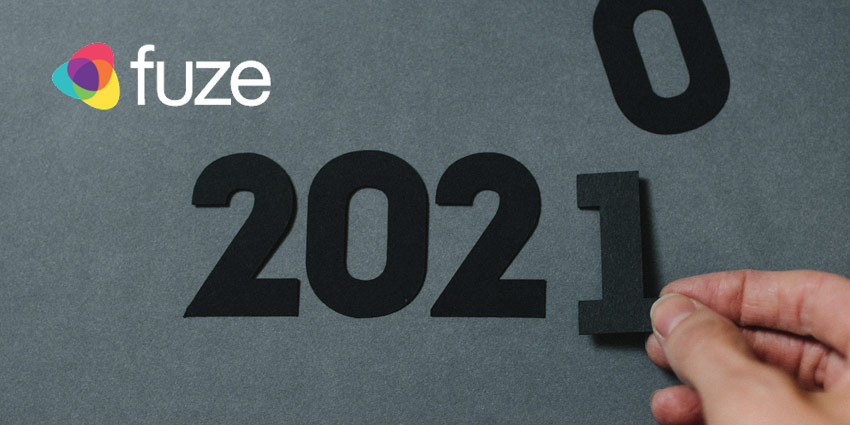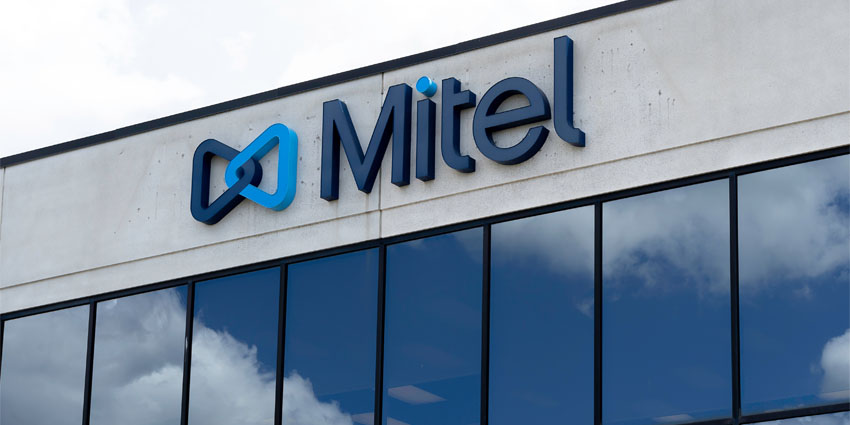2020 has been a highly unusual and challenging year as people and organisations have adapted to the impacts of the coronavirus pandemic. 2021 will see more of the same, as changes made to enable work to continue become at least partially permanent. New ways of working, increased flexibility, and re-imagining of the world of work have been accelerated and adoption of cloud-based solutions and unified communications and collaboration tools has also grown in step with the new demand profile.

“Communication has accelerated its way up the priority list— whether that’s because of the pandemic, extreme weather, or the fires that have hit the US west coast,” says Eric Hanson, the Chief Marketing Officer of Fuze. “Communication is the foundation for uninterrupted business continuity. Before the pandemic, laggards were planning to make the move to cloud in the next five years, now that’s compressed to five months.”
However, it’s not just technology strategies that have shifted. Workers are increasingly moving to new locations, away from traditional city offices in order to work remotely from secondary or tertiary markets that don’t necessarily have the infrastructure to support really rich interactions. This throws up substantial challenges for vendors and carriers to enable workers.
“We’re seeing the pressure on networks because everyone is online, and more are moving to secondary locations as people define the new normal,” adds Hanson. “The interesting thing is 5G – a technology like that and enhanced WiFi could become more and more important to enable the connectivity people need to support the increased appetite for video. Video is the new dial tone, as people are so hungry for face-to-face interactions.”
Meetings themselves are changing, and Hanson believes that 2021 will see the beginning of the end for traditional meetings and meeting apps. “Demarcations are disappearing and meetings as a category will vanish in the next 12-24 months as they just become a feature inside the communication suite,” he says. “A meeting just becomes part of a call and it will be harder for meeting vendors to monetise other than for advanced meeting scenarios. People will just add others to video calls if they need to move from a peer-to-peer to a group interaction.”
Hanson also sees a mobile renaissance triggered by the events of 2020. “As people were sent to work from home overnight, mobile proved its worth and we saw an explosion of adoption across multiple communications modes,” he explains.
“CIOs are still figuring out what the new world looks like, but they recognise excellent, on-premises traditional systems are now equivalent to having a Cadillac… but one that’s on blocks in the garage.”
“They need to adapt to what makes their talent the most productive, providing richer user experiences with the broader capabilities that their workers need and their customers expect.”
This is driving what Hanson expects to be a significant trend during 2021, the intersection of UC and contact centre activity plus non-traditional use cases. “Activities like kerbside pick-up in retail has meant people need to be on chat with co-workers and that can be part of a call queue with very rich experiences on mobile devices,” he adds. “We believe we need to take UC and collaboration to where people work, not as a separate experience to people doing their jobs— but as a tight integration to their daily activities. This is a massive opportunity and we’re super-excited because it is largely untapped.”







